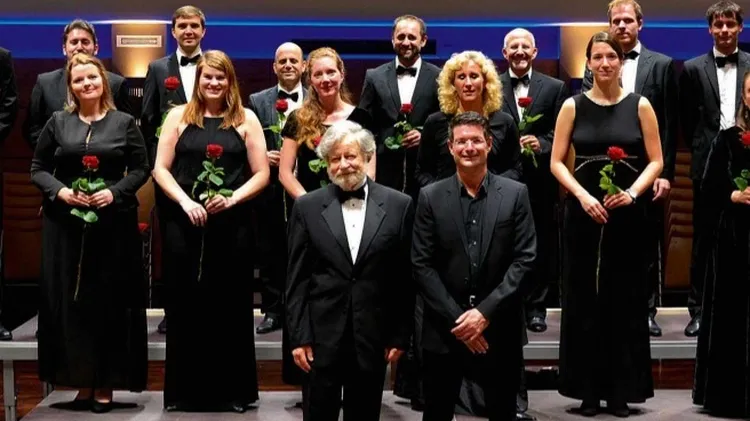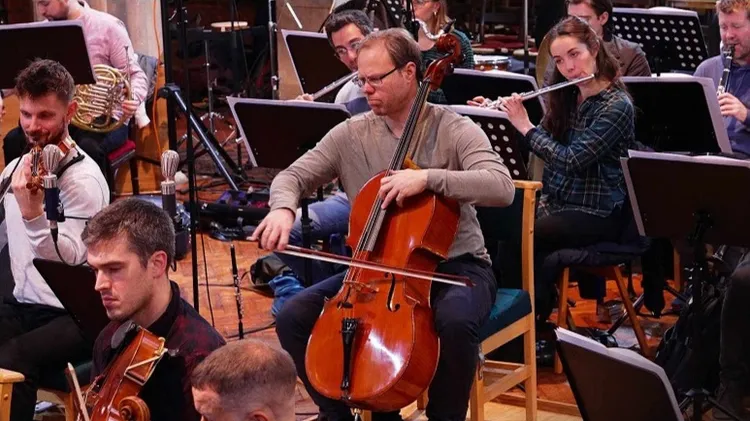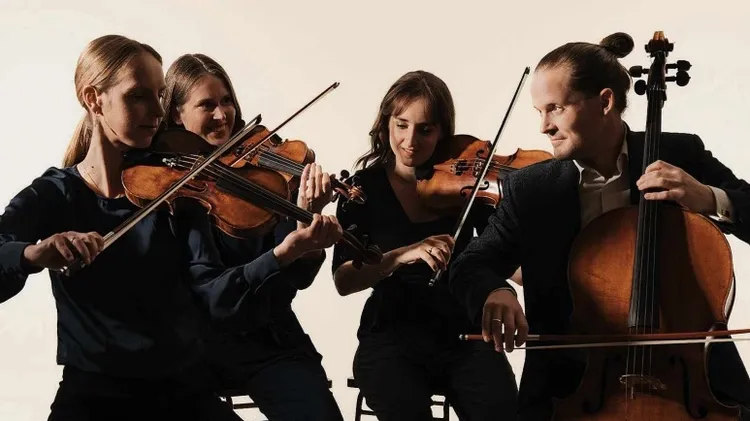This month marks 100 years since the birth of Sir Neville Marriner, legend
A marriner’s tale
9 min read
This article is from...
Read this article and 8000+ more magazines and newspapers on Readly






